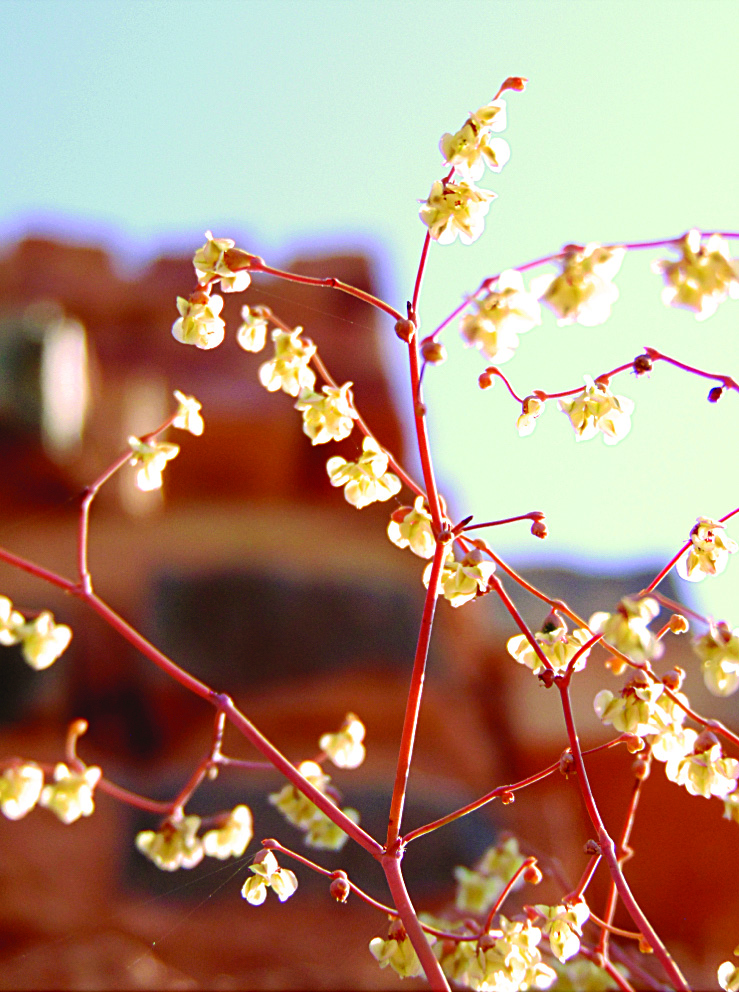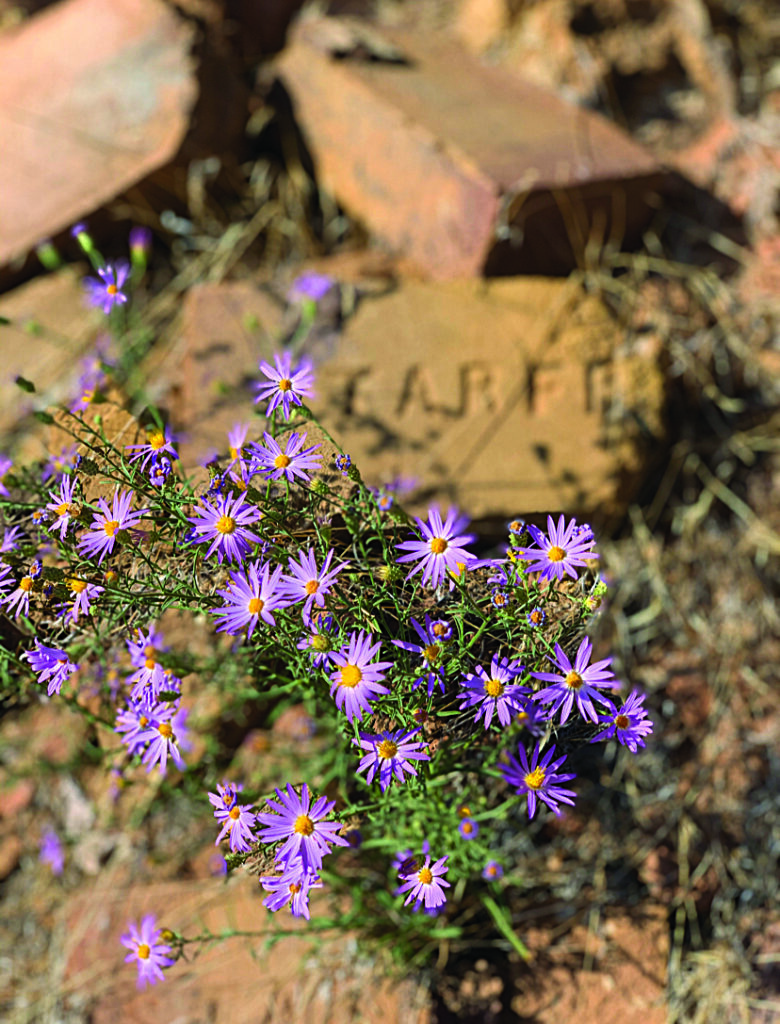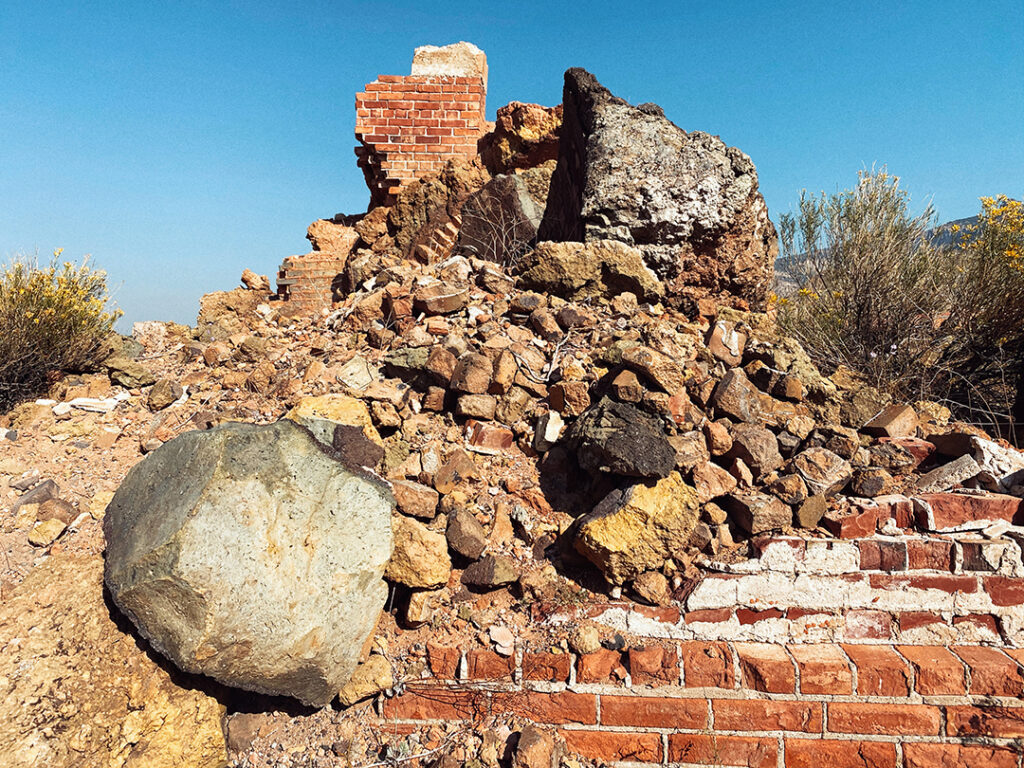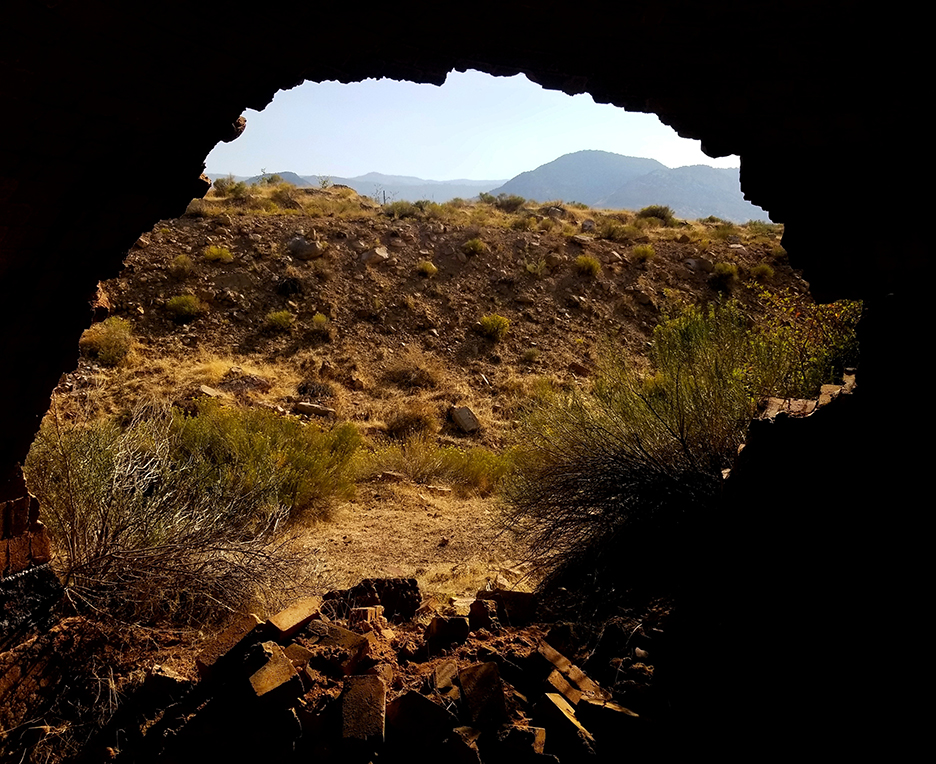Photography in Castle Country never bores

Photography in Castle Country never bores, but in the fall, the colors, landscapes and history all seem to pop. That’s why USU Eastern photography instructor, Jason Huntzinger takes his class on road trips to capture the essence of this area’s natural beauty.
“We’ve been trying to stay outside as much as possible this semester with the great fall weather. We’ve taken several field trips including to Helper Main Street, Huntington Canyon and to the coke oven ruins near Columbia, Utah, about 25 miles south of Price.
The coke ovens have a rich history in this area, after 200 were built in 1902, and by 1918, 810 ovens were in operation. By the 1930s, the coke ovens sat idle until Henry J. Kaiser opened 297 in the early ‘40s to operate a steel mill. They were permanently closed in 1958.
At one time, 800 coke overs were built east of Sunnyside and 300 near Dragerton. The 800 have been covered by dirt. The Columbia ovens were built during World War II near Horse Canyon Mine.
The coke ovens were used in World War II to make coke from coal. Coke is coal with all the impurities burned out. When the impurities are burned out of the coal, the hard residue is coke and is about half the weight. It was easier to ship coke to California steel mills than it was the much heavier coal.
The coke delivered to California was used for smelting iron and steel in a blast furnace, reaching temperatures of 2,500 degrees Fahrenheit; the amount of heat required to melt steel. Coke ovens were used to burn down a high-quality coal into what is called coke, which was then used in steel making during World War II.
The ovens were built in rows about one-half mile long. In each row, the ovens were placed back to back and side by side like two rows of eggs. Each oven was dome shaped and about 15-feet tall by 15-feet wide with a flat bottom.
Huntzinger likes taking students to the coke ovens because “they are a great photographic study as they contain endless combinations of four fundamental elements of composition: line, shape, texture and color. They are also a fascinating remnant of Carbon County history.”








